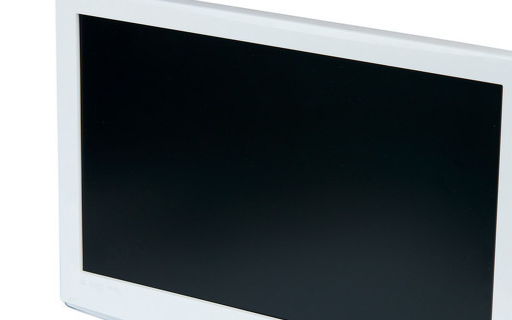May 07, 2021
2260
The touch panel market may change this year. Last year, driven by Apple’s two popular products, iPhone and iPad, the glass-type projected capacitive touch panel with double-glazed G/G structure became the mainstream touch technology, but because Apple’s new generation of iPhones may adopt monolithic integrated touch Panel in-cell technology, instead of the new models of Apple brand manufacturers, either continue to use thin-film touch panels or switch to single-chip touch panels (in-cell, on-cell, TouchonLens or OneGlassSoluTIon, etc.) This situation may cause different touch panel technologies such as G/G, film type, monolithic type, and panel integration type to show the development of one another.
There are currently three possible situations, namely, the rapid rise of double-glazed G/G structure touch panel, single-chip touch technology or panel-integrated touch technology, or the film-type touch panel has turned over.
The above plot is mainly speculated from several events or phenomena. First of all, the double-glazed capacitive touch panel, the so-called G/G structure touch panel, which has dominated the development of the touch panel industry in the past, has actually been supported by only one major customer, that is, Apple. However, due to Apple's consideration of switching to in-cell touch technology to introduce its new generation of smart phone iPhone5, under the influence of the switch between new and old products, the shipment of G/G structure touch panels has decreased significantly since this year.
In addition, Amazon, another major manufacturer that uses G/G touch panels, continues to use G/G touch panels in its 7-inch KindleFire and Apple’s New iPad, but it is rumored that Apple may be in the second half of this year. The iPadMini launched, as well as the new models of small-sized tablets planned by Amazon, may switch to thin-film touch panels.
If you look at mobile phones alone, according to the survey, at least 50% to 60% of new models of non-Apple brands have adopted thin-film capacitive touch panels this year. Not only HTC will use almost 100% of new models this year. For thin-film touch panels, Samsung's AMOLED mobile phones belong to on-cell touch technology, and all other mobile phones also use thin-film touch panels. As for MOTO, Sony, Chinese mainland brands, etc., this year will also be dominated by thin-film touch technology.

Not only that, but tablet computers also have a similar phenomenon. Non-Apple series of tablet computers, including Taiwan’s ASUS, ACER and even more new tablet computers launched by other brands, will mostly use OGS touch or thin-film touch panels. Although Apple’s iPad may still be the leading brand of tablet computers, it is generally expected that iPad’s share of the global tablet computer market may decline this year.
On the whole, the general saying is that OGS touch panels and thin-film touch panels should be more likely to grow in the market this year. The G/G structure touch panel that was once popular with Apple has been introduced in new models instead. There are fewer and fewer tablets, and so are tablets. The optimistic thin-film touch panel industry believes that in the future, mobile phone touch panels will have a chance to win from thin-film structure touch technology. OGS touch technology has advantages in medium and large-size products over 11 inches, and may be able to compete with thin-film touch panels. Touch panels are equally divided in the medium and large-size markets, because thin-film touch panels also have positive conditions such as cost, lightness and thinness in large-size applications.
On the contrary, if the G/G structure touch panel is transferred to OGS or TOL monolithic touch technology manufacturer, the thin-film touch panel may not have such an optimistic opportunity. Because in terms of cost structure, a monolithic touch panel that integrates the surface glass (protective glass) and TouchSensor into a single piece of touch panel does not even need a film, the yield rate is high, and the cost is really the lowest (the price is also relatively low). low).
On the other hand, there are technical bottlenecks in the light transmittance and thermal expansion coefficient of the thin-film touch panel. Among them, the light transmittance of glass can reach more than 90%, but the light transmittance of the film is still maintained at about 86%. . If you want to increase the cost and go to the laminated touch panel, but also to achieve high light transmittance and high quality, Shenghua has also developed a new generation of touch panel F/G structure products on its own.
The F here does not refer to Film, but Flexible flexible ultra-thin glass. Because the thickness of this ultra-thin glass is reduced to 0.1-0.2mm, it can be rolled like a film, and Corning can supply it. Shenghua intends to replace the film with ultra-thin flexible glass to maintain the high light transmittance and sensitivity of the G/G structure touch panel, but achieve a lighter and thinner effect. More importantly, the original G/G related equipment can also be used. The cost competitiveness depends on the ultra-thin flexible glass.